The Xiaomi Mi Note Pro and Mi Note Review
by Joshua Ho on September 11, 2015 9:00 AM ESTSoftware: MIUI 6
When it comes to Android, there are a wide range of opinions on what the “best software” is. One common opinion is that stock Android is the best for the end user. This is probably the most common one, but there are others that prefer some of the more complete reskins like TouchWiz. Given how intensely subjective this aspect of user experience is, I think it’s worth saying right now that while I don’t have a problem with AOSP UI/stock Android, I don’t think it’s the best Android experience possible. AOSP UI out of the box is often missing some rather simple features like the ability to rearrange quick settings or the ability to easily see the current battery percentage of the phone. Of course, this doesn’t mean that it’s okay for an OEM to completely ignore all Android design guidelines, but I’m definitely open to the idea that a deep UI skin can improve the Android user experience when done right.
In the case of both the Mi Note and Mi Note Pro, Xiaomi ships MIUI 6 on both devices, although MIUI 7 has just started rolling out with some incremental improvements over MIUI 6 that include higher performance and lower power consumption. Anyone that has flashed custom ROMs before has probably heard of MIUI as it was ported to a number of devices, but for those who don’t bother with such things it’s pretty safe to say that MIUI is a very different experience from stock Android or even most OEM skins.
Probably the easiest place to start is the launcher. Unlike most Android phones we’ve reviewed, there’s no separate app drawer. For people switching from iOS this is relatively normal, but anyone used to Android will probably not be used to this change. Personally, I feel that this isn’t too bad for someone who is using Android for the first time, but when I used MIUI for the first time as far back as the Gingerbread era I found it to be pretty frustrating to deal with an OS that dropped a few hundred app icons onto various homescreens with no real organization. If you’re switching from another phone and your only option is to restore using Google’s backup mechanism, this is the experience you’re probably going to have.
However, if you start with no user-installed applications like I did for this review this lack of division between homescreen and app drawer ends up manageable. One could argue iOS faces a similar problem, but with iOS you’re effectively only dealing with an app drawer, and organization is preserved across devices with iCloud backup. You can’t come from another iOS device that does things differently, so there’s no real problem here.
The launcher itself has a good selection of widgets that the average user will use and find useful, but the problem here is that third party widget previews don’t seem to work. As a result, trying to add app widgets to the homescreen can be more difficult than it needs to be. Other than this minor problem, I actually found a lot to like here. The editing screen is brought up with a natural pinch to unzoom, and mass movement of apps is easily accomplished by tapping app icons on the homescreen into a temporary drawer and tapping/dragging them into a new screen. It’s also possible to set the transition effect from one page to another, but I personally don’t see a lot of value in anything other than a simple slide transition.
Moving past the launcher, there’s a lot that I enjoyed in MIUI. For example, Xiaomi has included an extensive permissions management system, which is surprisingly advanced in terms of what permissions you can toggle on and off. It’s possible to enable and disable applications from starting automatically, along with management of any permission that could potentially affect privacy such as changing system settings, recording audio/video, retrieving location, and accessing contacts.
There’s also both local and cloud backup options, which saves things like homescreen layout and third party app data. I’ve definitely seen OEM UIs that ship with cloud backup options, but nothing that allows local backups that preserve third party app data other than Huawei’s EmotionUI. I’ve consistently found Android to have a rather poor user experience in this regard, so it’s good to see that Xiaomi has relieved a lot of the pain points in the backup experience when you stay within the Xiaomi ecosystem.
The display settings are also much better than anything else I’ve experienced in the Android ecosystem, as there are options for automatic, increased, and standard contrast which correspond with gamut and dynamic contrast effects, along with the ability to set a warm, neutral, and cool white balance for each mode. This effectively covers just about every possible preference an end user could have in terms of white point and color calibration without the annoyance that comes from a unitless slider that seems to be quite popular with many Android OEMs.
Overall, MIUI is really more interesting because of just how well-polished the UI is in terms of smart features. The UI is distinctly different from Android, but in general app design is internally consistent, aesthetically pleasing, and easy to learn. Simple UI additions like automatically going to quick settings when the notification drawer is empty and fast flashlight access on the lockscreen help to make UI navigation faster as well. It’s also great to see things like a minimal battery percentage indicator out of the box. There are also options to select what function the capacitive buttons serve based upon long/short press with an option to set the long-press delay.
However, MIUI isn’t necessarily perfect. There are some problems with apps that seem to hide their settings by requiring a long-press on the multitasking button to access app settings. The continued use of the menu button symbol on capacitive buttons is also confusing when a short press of the menu button acts as the multitasking button. The weather app strangely also lacks any semblance of settings for regular app refresh or any way to change units to Fahrenheit. Other than some minor app design problems though, I never really had any problems.
Of course, the elephant in the room here is the rather significant resemblance MIUI has to iOS. In this regard, I think it almost goes without saying that MIUI appears to be drawing at least some design inspiration from iOS. I’m not part of any trade commission or remotely interested in the legal aspects of this problem, but something as simple as the settings app immediately gave me an intense sense of déjà vu from how familiar it is. Folders also have a similar zoom effect which is distinctly out of place when almost every Android UI simply overlays app folders over the homescreen rather than zooming into a distinct folder view. The multitasking UI by default is arguably different as it only shows app icons and the app name, but as soon as you pinch to zoom to see a thumbnail the resemblance to iOS’ task switcher is hard to ignore. Even the contacts app uses the same scrollbar design as iOS.
Even if there is inspiration from iOS at times, it’s clear that MIUI isn’t just a straight rip-off of iOS. App design in areas such as the clock application shows a distinctly different layout with unique animations. Similarly, applications like the voice recorder is clearly distinct from what you would get from iOS. Other areas like the weather app are clearly not a straight copy of iOS as the design and information presentation is clearly different. At a glance the calendar app appears like it’s possibly a straight copy of iOS, but the actual workflow and design is quite different in practice. For example, instead of a simple month to month overview and the ability to see events by each day, an agenda is presented based on a month, week, or day view. Similarly, the notes application might have some superficial resemblance to the notes application on iOS, but functionally speaking it’s obvious that the MIUI version of this basic application has a very different workflow and method of navigation.
Overall, I found a lot to like when it came to the MIUI. I suspect that MIUI will be somewhat divisive because of how divorced it is from a lot of Android conventions. However, within the skin itself I found a number of useful additions to Android from a functional perspective, and a generally well-designed and cohesive UI. It’s possible to level criticism at Xiaomi in some regard for looking a bit too much like iOS at times, but to broadly characterize MIUI as a blind iOS copy ignores a significant portion of the UI where it’s clear that MIUI is unique. I still think an “ideal” Android skin should try to maintain Android UI conventions like Material Design, but MIUI is probably the best example of a total conversion Android UI done right. Anyone who doesn’t already know what they want from an Android UI will probably find a lot to like with MIUI.


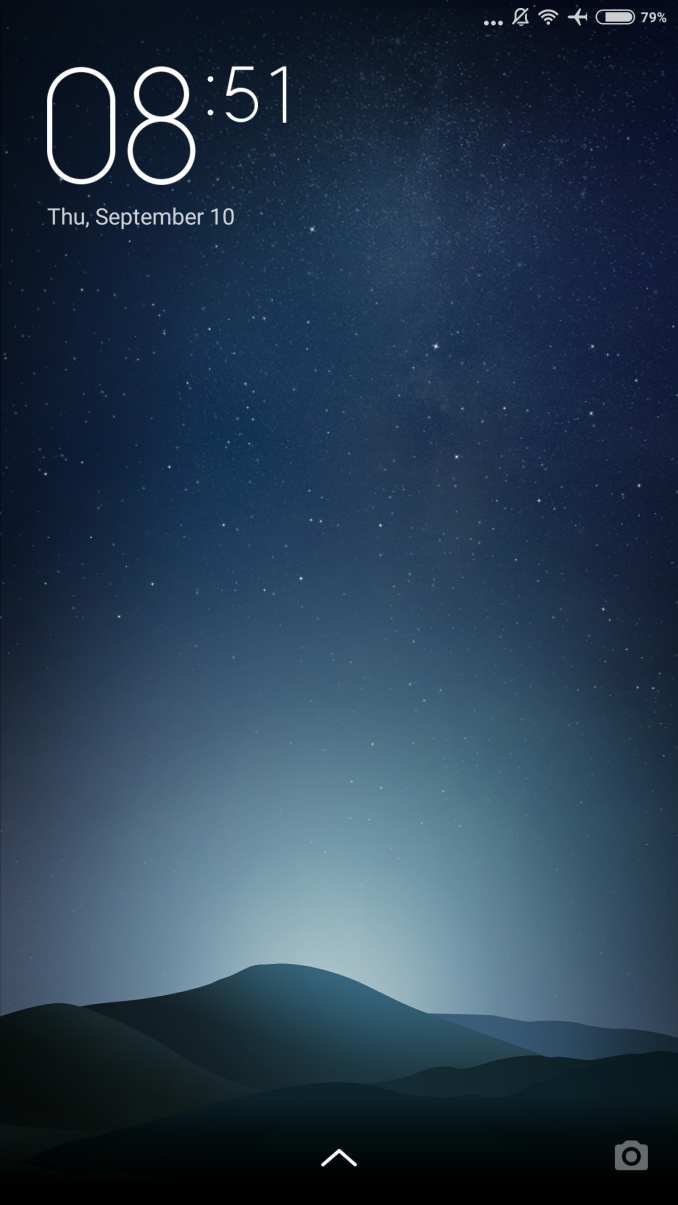

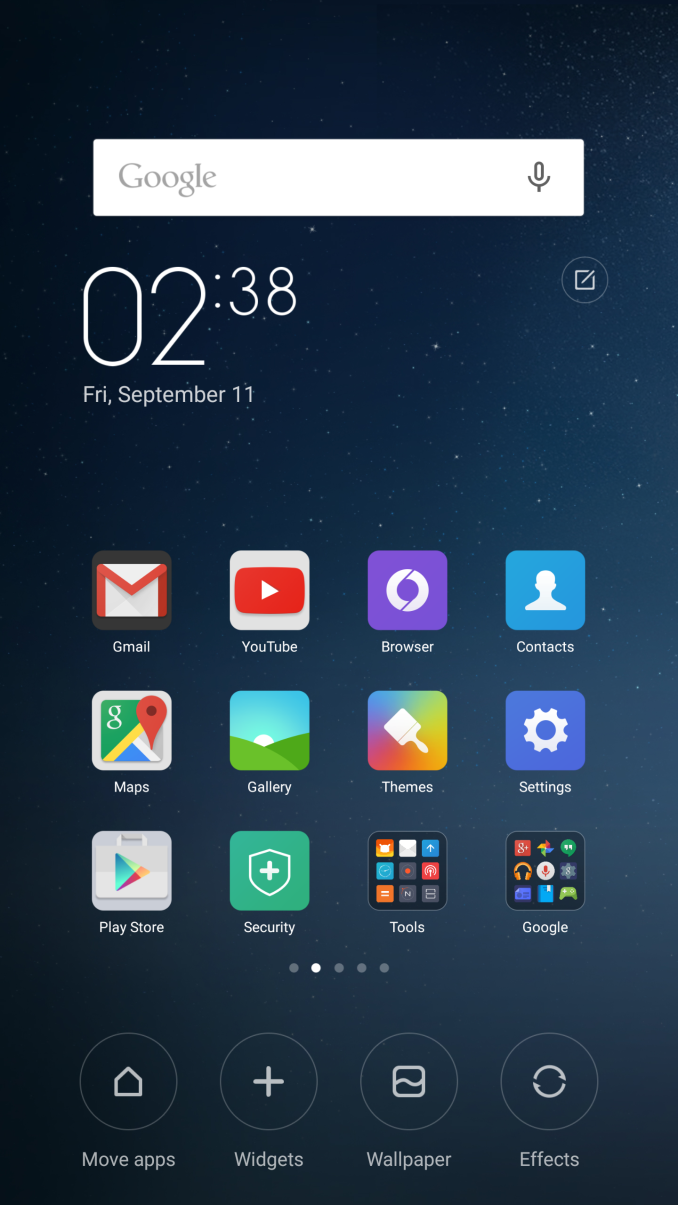
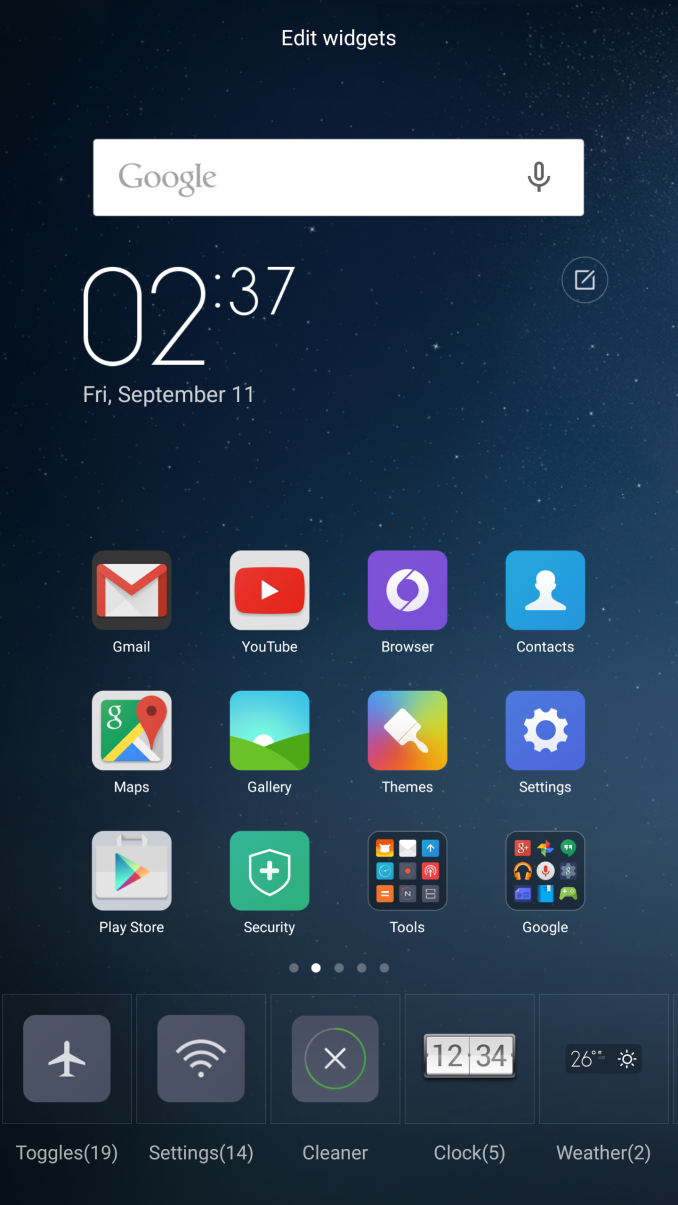
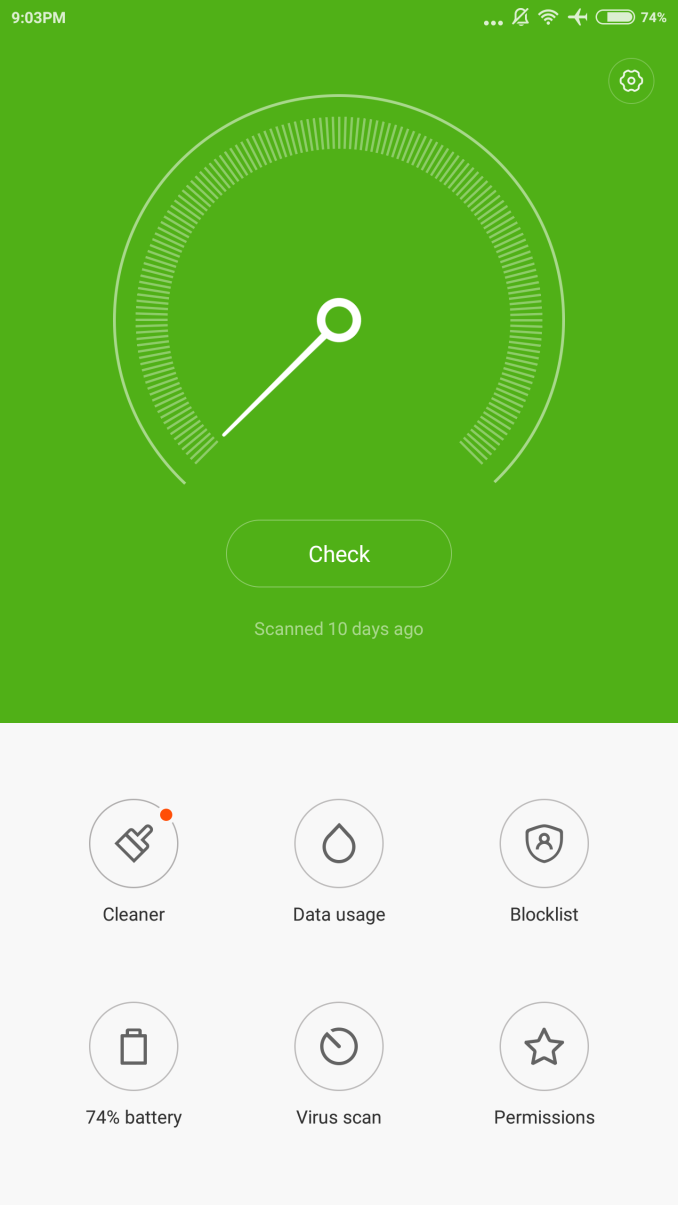
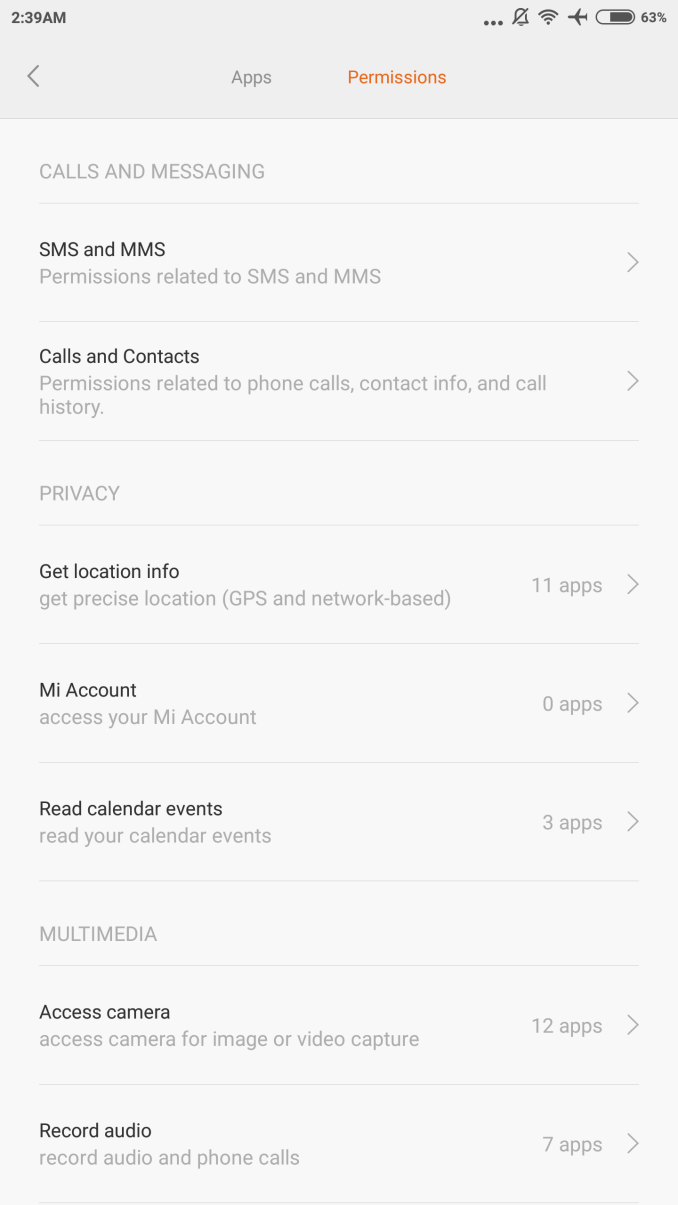
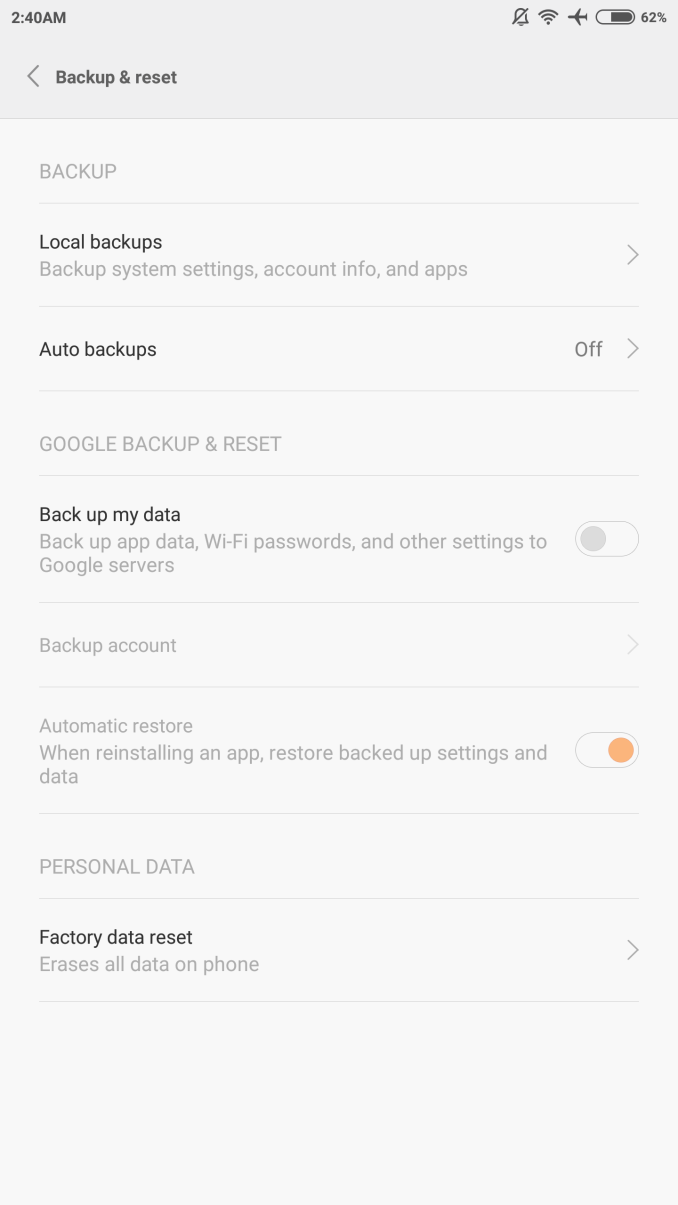
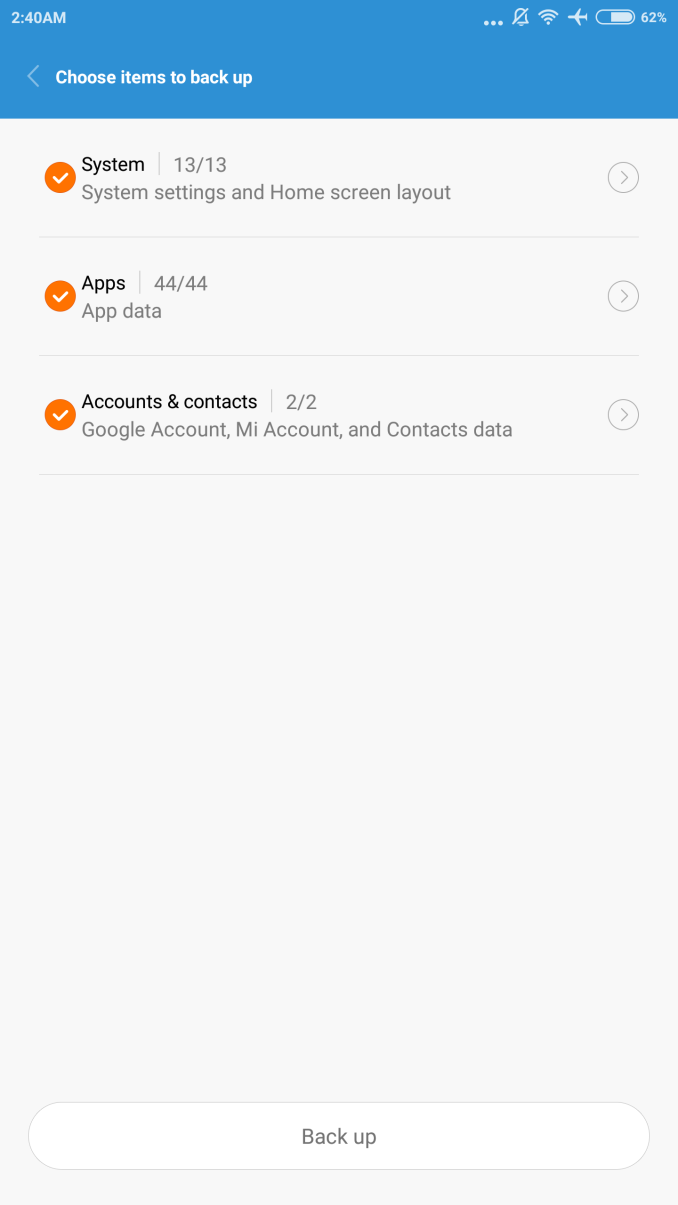

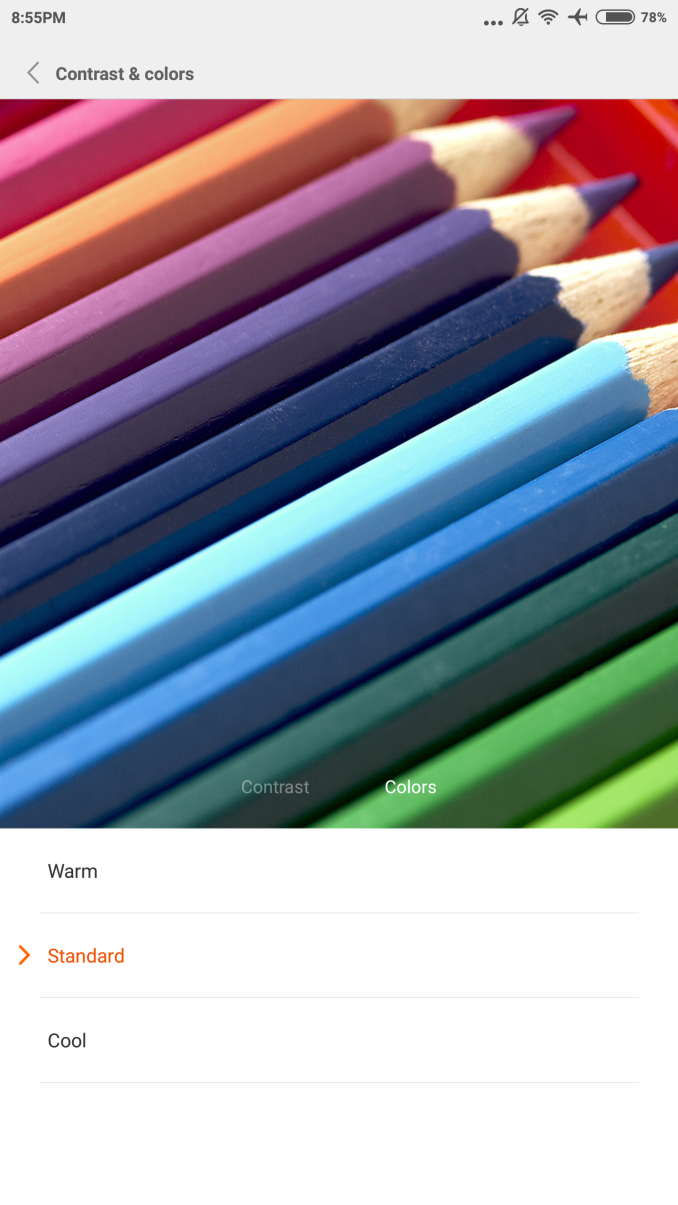
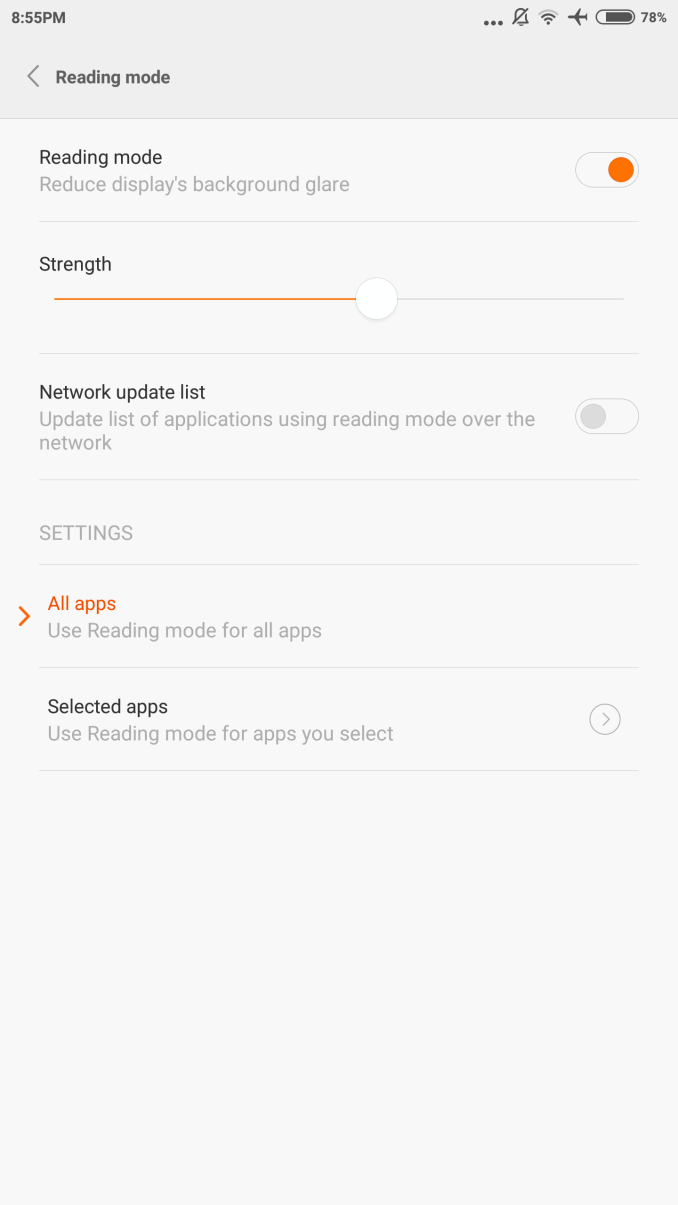


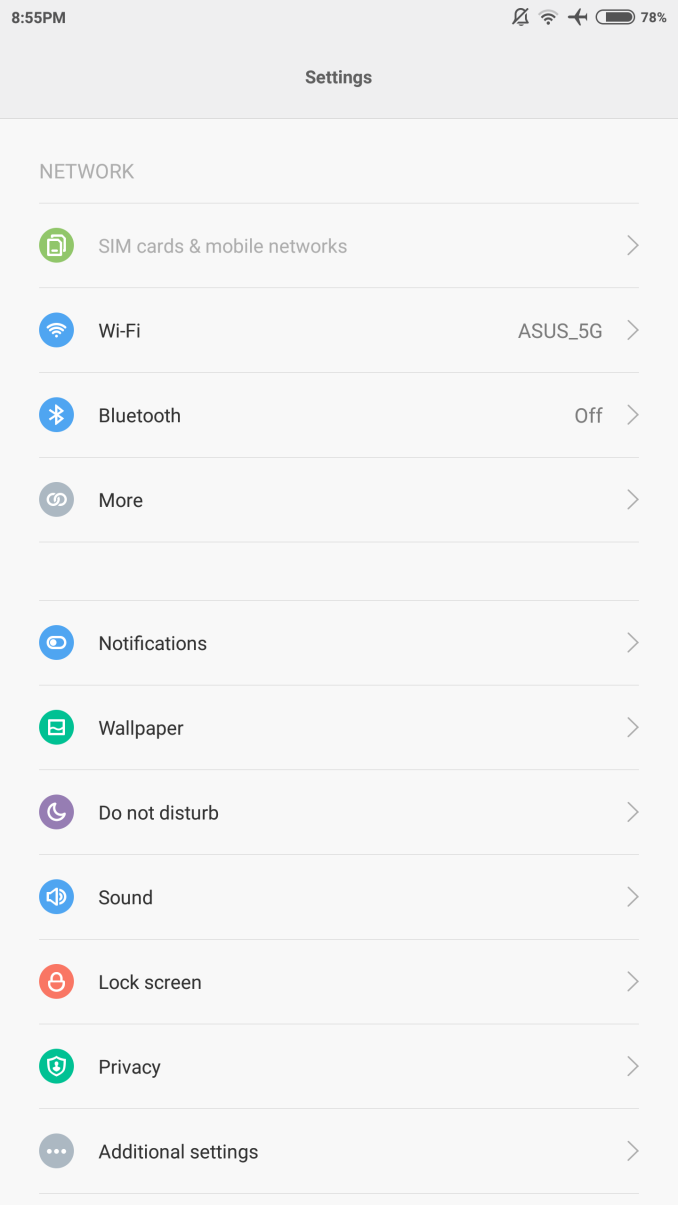


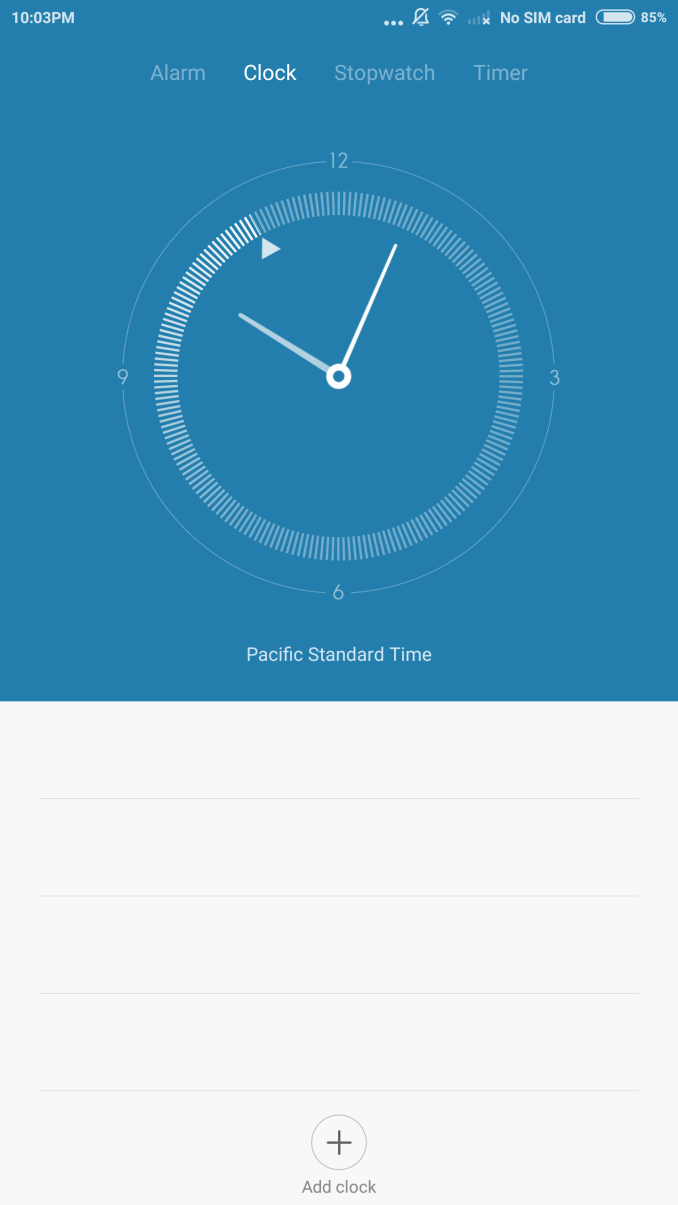









94 Comments
View All Comments
AussieinUS - Monday, September 14, 2015 - link
FYI my Note works in the USA and Canada with my US T-Mobile account. No LTE but HSPA and 3G. The same speeds that I got in Italy where it was purchased. The Bands in the Note is missing for LTE at least in the version I have. I think 1700. Also the slowness to update from Kitkat is a limitation. Overall a great phone and well priced.johnny_boy - Saturday, September 12, 2015 - link
Android 4.4 KitKat? Really? I wouldn't even consider the Note because of this. I have the Honor 6 and it's taking ages for them to bring their first OS update ever to the phone: apparently we got Lollipop late this month, around the time Marshmallow comes out! Definitely the last phone I buy from Huawei.realbabilu - Tuesday, September 15, 2015 - link
don't worry. They re updating the firmware fast. you can choose nightly every week update.I have oneplus that came with Lollipop CM12s still has the 3 stagefreight bugs, Xiaomi miui patched them fast with kitkat firmware.
The Lollipop Cm12s Oneplus is killing batteries faster than Kitkat Cm11s
vision33r - Sunday, September 13, 2015 - link
Note 5 and S6 Edge Plus reviews are everywhere. I've checked them out and they are super fast, I've never used an Android device that smooth and fast before. I definitely think those are the phones to beat in 2015. However I don't want them because like the iPhone 6 they are due to get refreshed next year when Samsung can finally figure out how to get microSD working. I can do without battery swap but I need ext storage.Yaru - Sunday, October 4, 2015 - link
I doubt Samsung will bring back MicroSD storage. They're targeting the high end premium market with those phones and they rather charge you extra money for extra internal storage like Apple does.NXTwoThou - Tuesday, September 15, 2015 - link
*crosses fingers that WM10 will be available for it or its successor*JimmiG - Wednesday, September 16, 2015 - link
Part of the difference in battery life can also be explained by Android 5.0 vs 4.4.4, since KitKat has superior battery life over Lollipop.hasseb64 - Monday, September 21, 2015 - link
Chinese hardware and STASI software, your personal info is SOLD at least two times...ntgeralt - Wednesday, September 23, 2015 - link
Tell you someting you don't know:In permissions management system, It will automatically scan all your files background and "tell" you how much crash you need to clean.And XiaoMi UI will give you ads push everyweek,you can't find anyplace to turn it off.
The last thing is google it: "XiaoMi backdoor".
pintin - Wednesday, September 30, 2015 - link
Yes.An important reason for the unexpected success of the company Xiaomi were designed both hardware and firmware that runs on the open source software of Android. Xiaomi MIUI interface of speed and design equivalent to the operating system of the iPhone or the Samsung's high-end products but with only half the price. Most Android phone vendors are dependent on similar designs by the third party manufacturers like Foxconn provide.